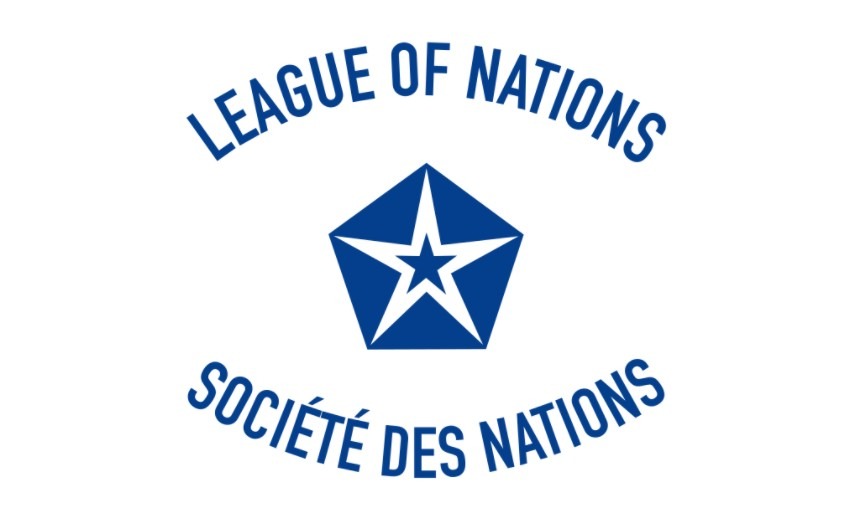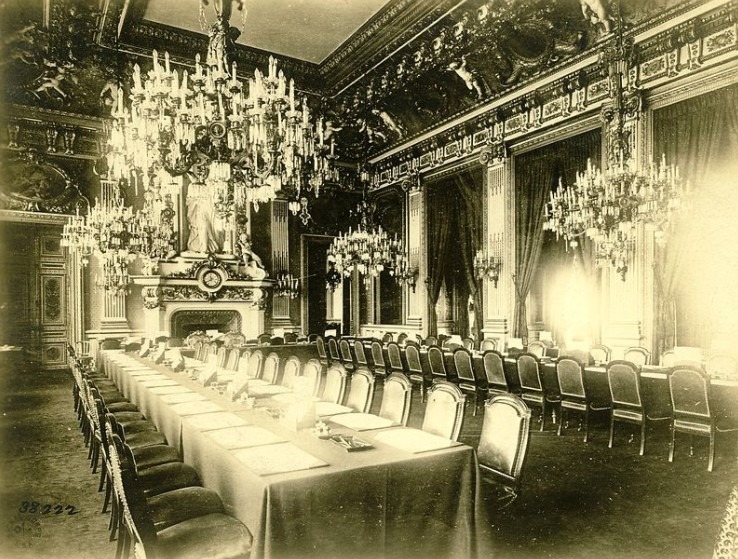A long series of events happened more than a century ago. One hundred years before today, Sir Godfrey Hounsfield, the inventor of the CT (Computed Tomography) Scan, was born. For the bikers, Bentley Motors Limited was founded. The Atlantic Ocean was first crossed by air, and the term covalence in Chemistry was first used.
Also included is an event that has sparked the attention and interest of many historians and educators. Ten decades ago, 42 countries came together to comprise the widely discussed League of Nations.
What is the League of Nations?
On January 25, 1919, the League of Nations, or also referred to as the Société des Nations in French, was founded, right after the Paris Peace Conference that put an end to World War I.
As the first intergovernmental and international organization, its principal purpose was to preserve world peace and have done so by abiding its primary goals in its Covenant. This included the settling of disputes through negotiation and arbitration and preventing battles through disarmament and collective security. They also planned to work on labor conditions, arms trade, prisoners of war, protection of minorities, global health, and human and drug trafficking.
The Covenant of the League of Nations was signed on January 29 and became effective almost the year after. The first meeting of this organization’s council took place on January 16, 1920, and almost ten months later, on November 15, the Assembly of the League had its first meeting.
However, despite its very promising goals, the League of Nations members had its last meeting on April 20, 1946, for it to be abolished. It was from the 1930s that the League’s tasks were reduced and that its headquarters was unoccupied for six years until World War II ended.
Why did the League of Nations Fail?
One of the telltale signs that exhibited how the League had failed its primary purpose was the beginning of the Second World War. Various reasons pinpoint how most of it fell apart, which is more frequently connected to the organization’s weakness.
Lack of Unanimity
Because their responsibility was to keep the peace and order of the whole world, the sovereign nations that are a part of the organization had to eye-to-eye and make a unanimous decision for various issues. However, it seemed very difficult to back then to come to such and so the League was restricted from taking action. The League had developed neutrality that was then exhibited as indecision. Decision-making was not speedy, and the idea that other nations had the power to decide the fate of their own nation was an idea that didn’t sit well with many.
Global Representation
The League of Nations was intended to alleviate the pains of war and stop the war from happening in all nations. The problem was that not all the nations joined and that the period for membership was not enough. Although Woodrow Wilson, the former US President, was awarded a Nobel Peace Prize for being one of the League’s fervent pioneers, the Senate later voted for him not to join.
Henry Cabot Lodge has remarked that Article X was an issue because members had to be committed to protecting the territorial integrity and independence of other countries. He interpreted that it meant the US would have to come to any other country’s aid when faced with aggression. However, according to Ruth Henig, if the US had joined, France and Britain would have felt more secure and would co-operate more, thus diminishing the likeliness of the Nazi Party growth.
Additionally, Germany was not allowed to join because it was considered as the aggressor of World War I, and Soviet Russia was also not permitted because of its Communist regime. Later on, Japan left because of the League’s opposition against its occupation of Manchuria. Italy and Spain also withdrew because of their own country’s wars.
An issue on Collective Security
There was a great contradiction when it came to this idea of having collective security. If necessary, it required countries to act against other states that they consider as allies or at the very least, friendly, or take action to endanger their national interests. This was to support and protect states they didn’t have a normal affinity with. This can be reflected in the Abyssinia Crisis.
Although the League of Nations had failed and ceased to exist, it is still vital to remember. It was the first time that nations across the globe came together and decided to use their powers to maintain peace and order. From its lapses can the United Nations have learned and devised better systems and leadership.
Related Links:
https://time.com/5507628/league-of-nations-history-legacy/
https://books.google.com.ph/books?id=iz55RRayP34C&pg=PA77&redir_esc=y#v=onepage&q&f=false
https://avalon.law.yale.edu/20th_century/leagcov.asp
https://www.questia.com/library/78758358/the-league-of-nations-its-life-and-times-1920-1946


